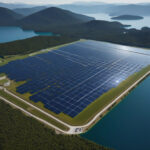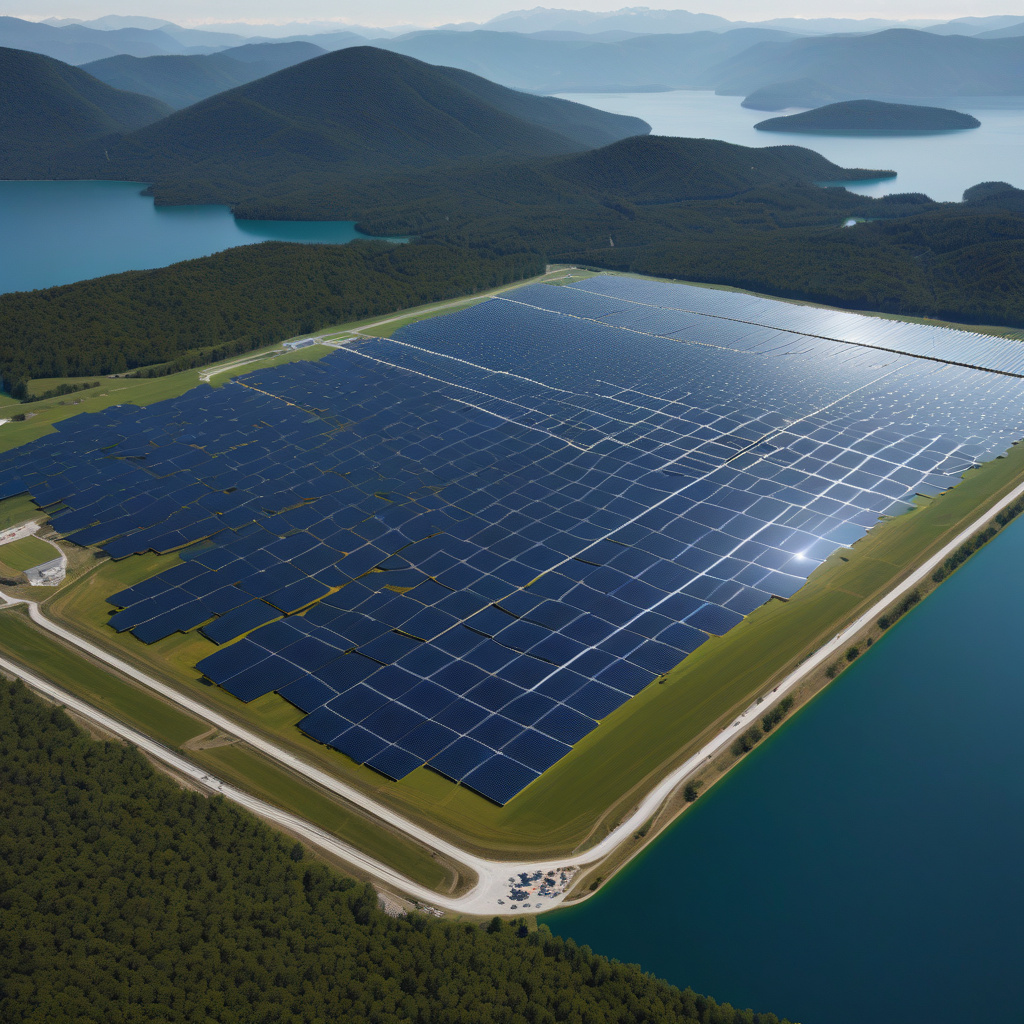Massive 140 MW Floating Solar Plant in Slovenia Set to Become Europe’s Largest
Slovenia is set to take a major step in renewable energy with a new floating solar plant on the horizon. With plans for a massive 140 MW capacity, this project is poised to become the largest floating solar plant in Europe. The initiative not only underscores Slovenia’s commitment to sustainability but also highlights the growing trend of harnessing solar power through innovative means.
Floating solar plants are a relatively new concept but have been gaining traction worldwide due to their numerous benefits. By utilizing water surfaces of reservoirs, lakes, and other bodies of water, these installations not only generate clean energy but also help in reducing water evaporation, thus promoting water conservation. The concept is particularly appealing in countries like Slovenia, where land availability for large-scale solar installations may be limited.
The upcoming 140 MW floating solar plant in Slovenia is expected to make a significant impact on the country’s renewable energy portfolio. With an estimated annual production of 174,000 MWh, the plant could potentially power thousands of homes while offsetting tons of carbon emissions. This aligns with Slovenia’s ambitious goals to transition to a greener and more sustainable energy mix.
One of the key advantages of floating solar plants is their higher efficiency compared to traditional land-based solar farms. The cooling effect of water helps in maintaining the optimal operating temperature of solar panels, leading to increased electricity output. Additionally, the proximity to water bodies reduces the need for land acquisition and minimizes environmental disruption, making it a win-win solution for energy production and conservation.
Moreover, the floating solar plant in Slovenia is expected to create new job opportunities and stimulate economic growth in the region. From construction and installation to maintenance and operation, the project will require a skilled workforce, thus contributing to the local economy. Furthermore, investments in renewable energy projects like this one can attract funding and support from both public and private sectors, driving innovation and technological advancements in the renewable energy sector.
As Europe continues to transition towards a more sustainable energy future, initiatives like the 140 MW floating solar plant in Slovenia serve as a beacon of progress. By embracing innovative technologies and renewable energy sources, countries can reduce their carbon footprint, enhance energy security, and pave the way for a cleaner and greener tomorrow. The sheer scale and ambition of the project underscore Slovenia’s leadership in renewable energy and set a positive example for other nations to follow suit.
In conclusion, the planned 140 MW floating solar plant in Slovenia represents a significant milestone in the country’s renewable energy journey. As Europe’s largest floating solar installation, it not only showcases Slovenia’s commitment to sustainability but also highlights the immense potential of floating solar technology in harnessing clean energy. With its environmental, economic, and social benefits, this project is a shining example of innovation and progress in the renewable energy sector.
renewable energy, floating solar, sustainability, innovation, Slovenia












